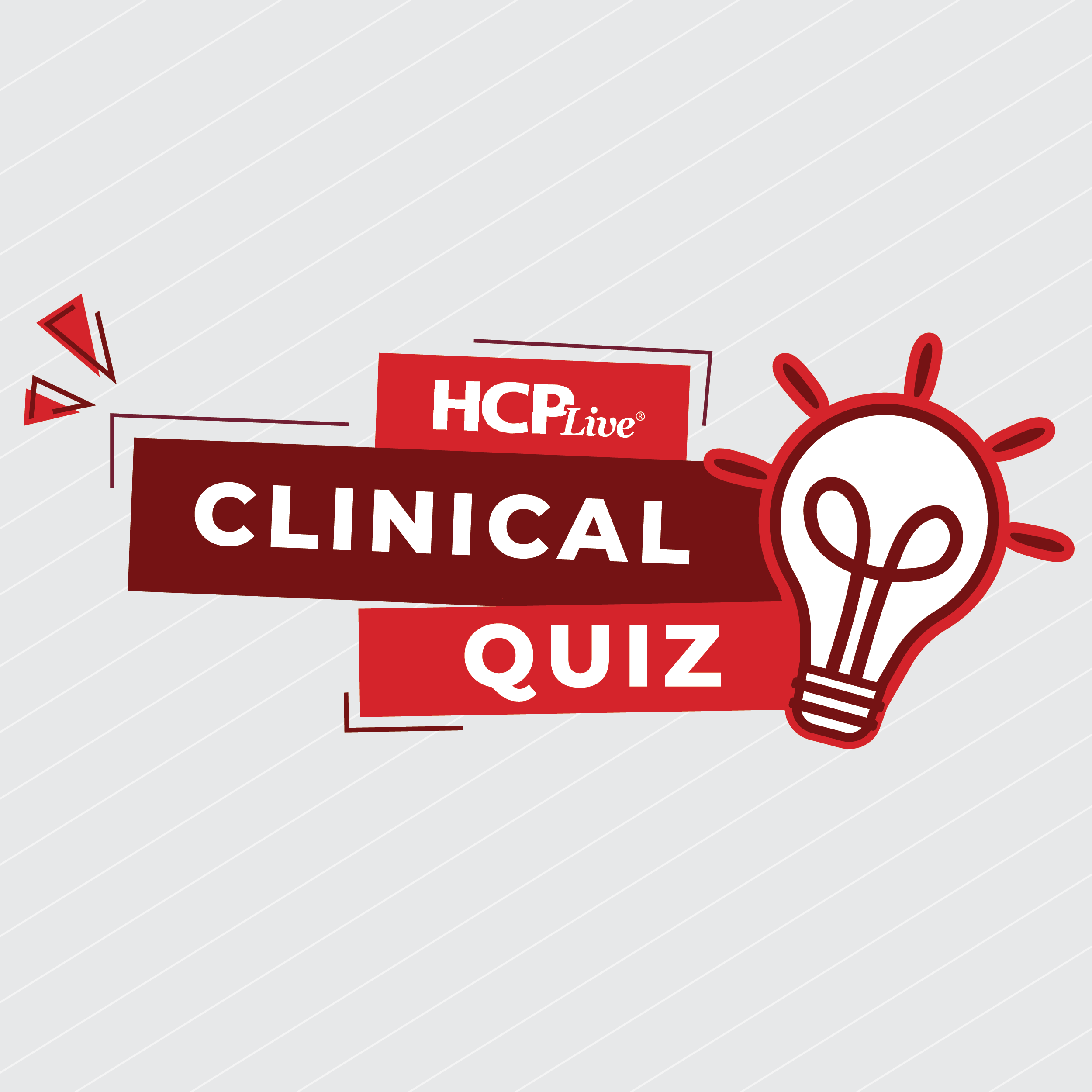News
Podcast
Kidney Compass: Hierarchical Composite Endpoints in Nephrology, with Dustin Little, MD, and Niels Jongs, PhD
In part 1 of 4 from this episode, the discussion focuses on traditional composite endpoints in nephrology trials and the use of HCEs.
Welcome to Kidney Compass: Navigating Clinical Trials!
Welcome to the first installment of a 4-part series on Kidney Compass exploring the use of hierarchical composite endpoints (HCEs) in kidney disease clinical trials.
In this installment, hosts Brendon Neuen, MBBS, PhD, and Shikha Wadhwani, MD, MS, begin by introducing their guests Dustin Little, MD, Global Clinical Lead at AstraZeneca, and Niels Jongs, PhD, a statistician at the University of Groningen.
The discussion starts with an overview of traditional composite endpoints commonly used in nephrology trials, such as cardiovascular death, kidney failure, and sustained eGFR decline. Little explains key limitations of these traditional endpoints, including their reliance on first-event analysis and the disproportionate influence of rapid progressors on overall trial results. He emphasizes the need for more efficient trial designs that account for the entire study population rather than just those who reach predefined endpoints.
Jongs and Little both go on to explain how HCEs aim to address these shortcomings by structuring outcomes in a prioritized hierarchy, ensuring every patient contributes meaningfully to efficacy assessments. They discuss the addition of eGFR slope as a component of HCEs, allowing for a more comprehensive evaluation of treatment effects, especially in trials where only a small subset of participants progress to major clinical events.
Jongs expands on these concerns by highlighting statistical limitations, including how composite endpoints weigh events equally despite differences in clinical significance. The conversation then shifts toward the structure of HCEs, which build upon traditional endpoints by incorporating eGFR slope to ensure that all patients contribute to efficacy assessments. By structuring events hierarchically, HCEs aim to better reflect disease progression and provide a more comprehensive assessment of treatment effects.
For ease of viewing, we've divided this episode into 4 sections and highlighted them below.
Kidney Compass: Hierarchical Composite Endpoints in Nephrology
Part 1: Introductions, HCEs in Nephrology (Current Segment)
Part 2: HCEs in Nephrology Clinical Trials
Part 3: Addressing HCE Skepticism, Potential Limitations
Part 4: Applying HCEs in Kidney Disease Trials
Relevant disclosures for Neuen include AstraZeneca, Bayer, Boehringer and Ingelheim, Janssen, and others. Relevant disclosures for Wadhwani include the National Institute of Diabetes and Digestive and Kidney Diseases, GSK, Calliditas, and Travere Therapeutics. Relevant disclosures for Little include AstraZeneca.




